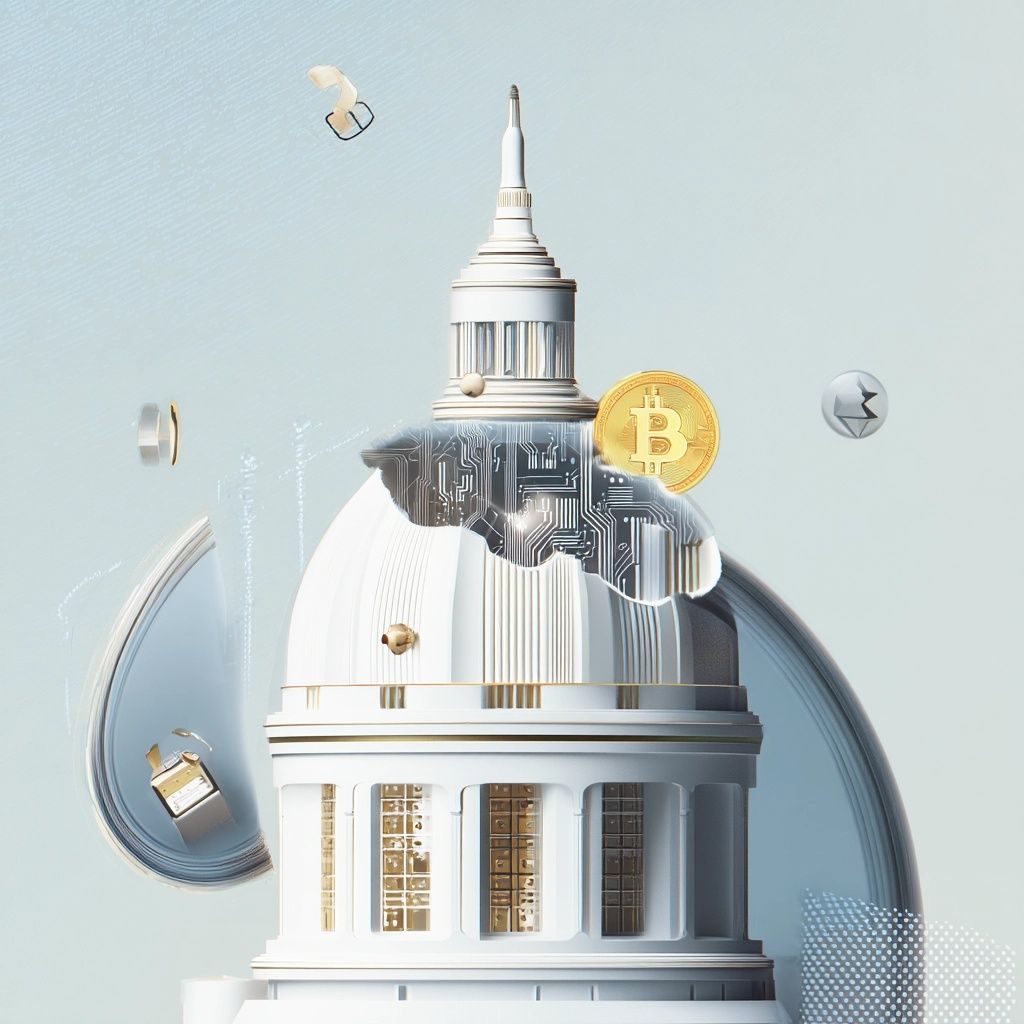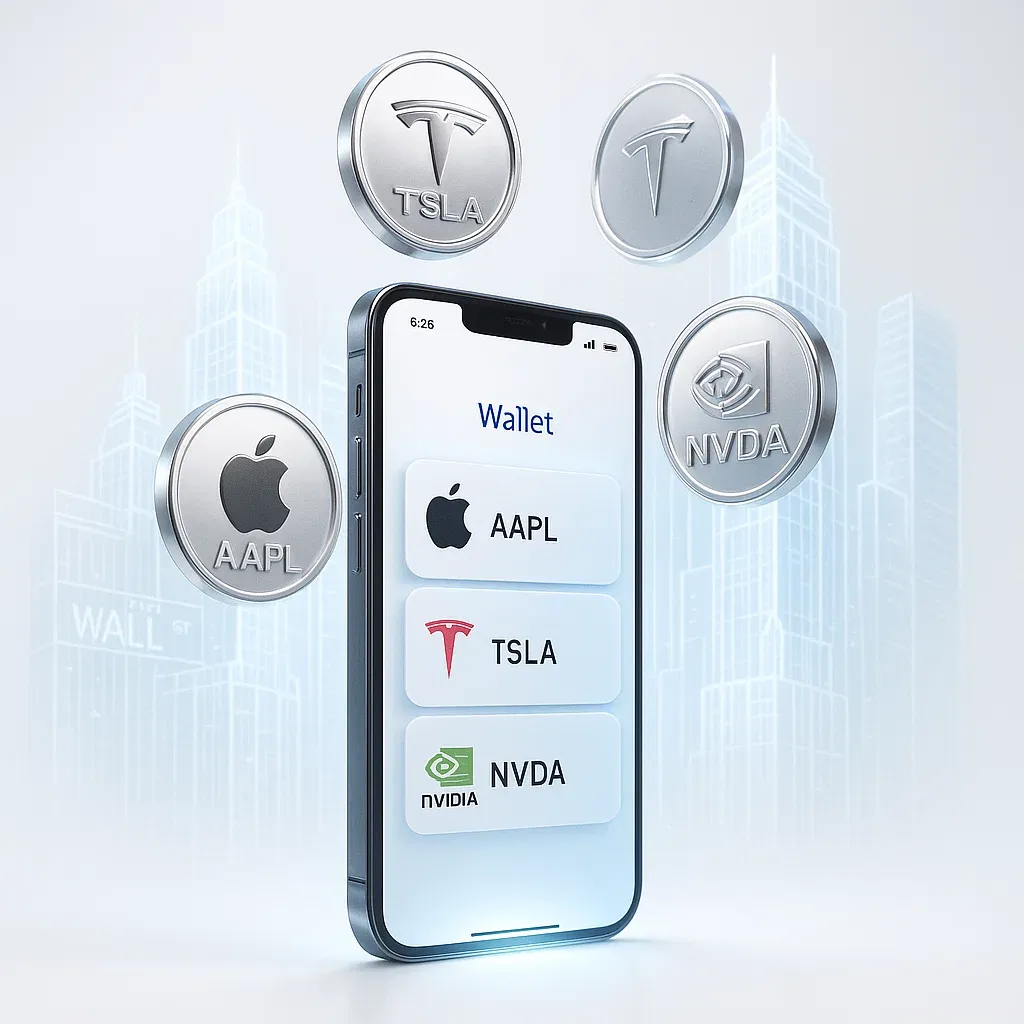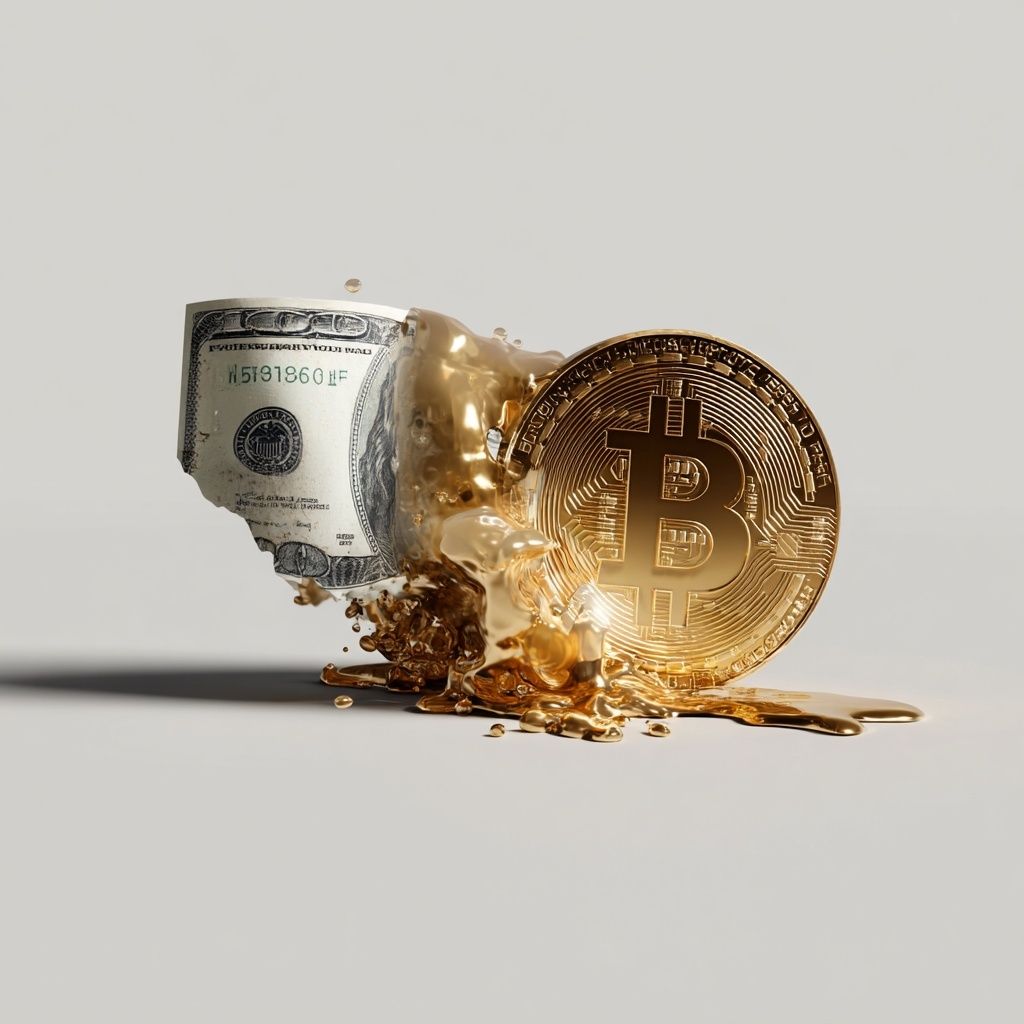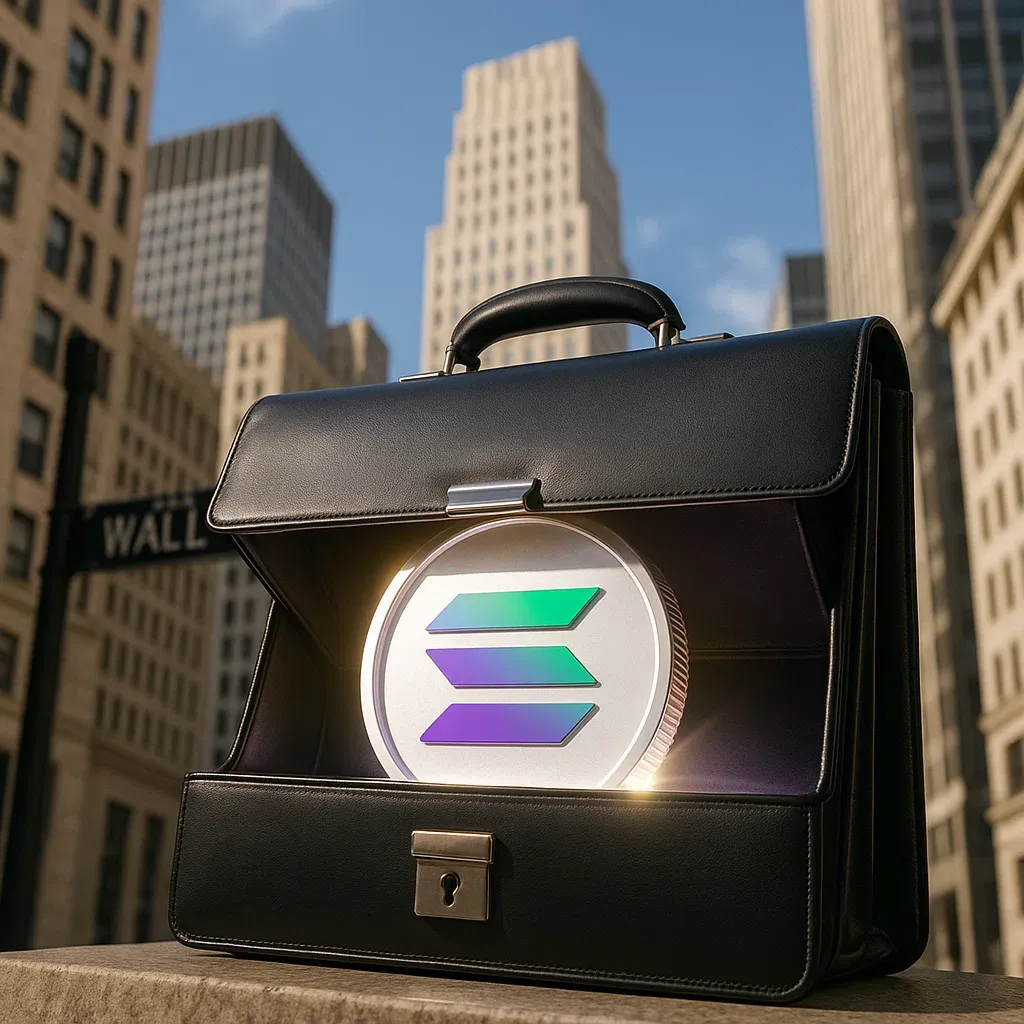USDi vs USDi: One Name, Two Stablecoins, Totally Different Vibes
🧨 USDi vs USDi: Same Name, Different Planets
April 15, 2025 | By ATH Editorial Team
Stablecoins are evolving — and some now want to do more than stay stable.
Enter USDi. Wait… which one?
There are now two different projects using the same ticker — USDi — but they’re playing two very different games in the fight against inflation. One is Wall Street-coded. The other is pure DeFi energy.
Let’s break them down.
🟦 USDi by USDi Partners — Inflation-Proof, Wall Street Edition
This USDi comes from USDi Partners LLC, founded by inflation analyst and derivatives pro Michael Ashton. It’s designed to act like a blockchain-native inflation bond — think tokenized TIPS, not a dollar peg.
It starts at $1, but that’s just a launch point. As inflation rises, so does the token’s price. It tracks CPI-based metrics, updating monthly and even daily based on real-time signals. It’s built for accredited investors (for now), using a reserve-backed issuance model.
This isn’t DeFi. This is a macro hedge — for people worried about the dollar losing value over time.
“There’s no truly risk-free cash,” Ashton says. “USDi gives you inflation-protected digital cash — something that’s been missing from crypto.”
🟧 USDi by Interest Protocol — DeFi-Native, Yield-First
Meanwhile, there’s another USDi — and it’s already live on Ethereum.
Built by Interest Protocol, this version is pegged to $1, fully on-chain, and acts like a crypto savings account. You mint it 1:1 with USDC, and your balance grows automatically as the protocol earns interest through lending.
No staking. No waiting. Just rebases.
It’s fully decentralized, runs on fractional reserves, and lets anyone borrow or lend with overcollateralized assets. And yes — it’s audited and open to all.
It’s what stablecoins would look like if they had passive income built in by default.
🤔 What Does This All Mean?
It means “stablecoin” doesn’t mean one thing anymore.
It means two projects are now exploring two very different definitions of financial stability:
- One fights inflation head-on by tracking CPI and moving above $1.
- The other locks to $1 and grows your balance instead.
Both versions of USDi are trying to solve the same problem — the erosion of value — but they do it from opposite ends of the crypto spectrum.
✅ TL;DR
- 🪙 USDi by USDi Partners: CPI-linked, floating price, built for institutions.
- 💵 USDi by Interest Protocol: Dollar-pegged, yield-bearing, built for DeFi users.
- 🧠 One protects against inflation by going up in price.
- 💸 The other pays you more tokens over time while staying pegged.
- ⚔️ Same ticker, totally different playbooks — and maybe a branding war ahead.

Recent News
All Time High • Live
Have questions or want to collaborate? Reach us at: info@ath.live











